Greg Sherman: Sea of Cortez
When most people think of scuba diving in Mexico they think of the warm, clear waters of Cozumel, the cenotes of the Yucatan or the whale shark aggregations of Isla Mujeres. I, however, consider the diving in the Sea of Cortez to be superior to the more widely known east coast diving. Diving in the northern Sea of Cortez is best done from a liveaboard while diving in the south can be done via day boats or shore based (for the more adventurous). As one would imagine in a body of water of this size, conditions can vary wildly based on the location, season, or even the day. Water temps in the north can be below 50°f in the winter and above 90°f in the late summer. Visibility can rival the gin clear water of the Caymans in September and October and in the spring drop to the point where “Braille Diving” is the only option. However, no matter what the conditions, the diving is always rewarding and often surprising.
The Sea of Cortez is located between the Mexican mainland and the Baja California peninsula. Jacque Cousteau called it the “Worlds Aquarium” and, despite heavy commercial fishing, the description still holds true today. At nearly 700 miles long, from Cabo San Lucas in the south to Puerto Peñasco in the north, the Sea of Cortez contains an amazing array of wildlife. This body of water is home to tiny creatures (Skeleton Shrimp and nudibranchs), giants of the ocean (Humpback and Blue whales), and countless species in between. The Sea of Cortez owes its biodiversity and biodensity to its unique topography. Each year the Humboldt current drives cold, deep water north and displaces the warm water at the surface. This exchange brings nutrients to the surface and pushes the formerly deep water south. As the water moves south it encounters hundreds of small islands churn the water and disperses the nutrients. This leads to an annual renewal of nutrients that fuels one of the most biodiverse bodies of water on the planet.
Following are some of the images that of have been fortunate enough to capture during my nearly 1000 dives in the Sea of Cortez.
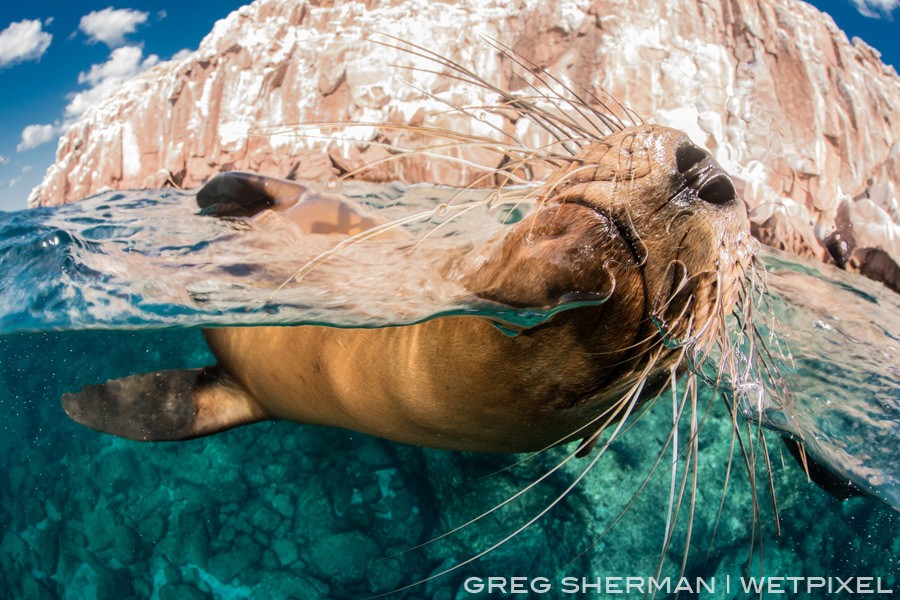
A sea lion (Zalophus californianus) rubs against my dome port at Isla los Islotes
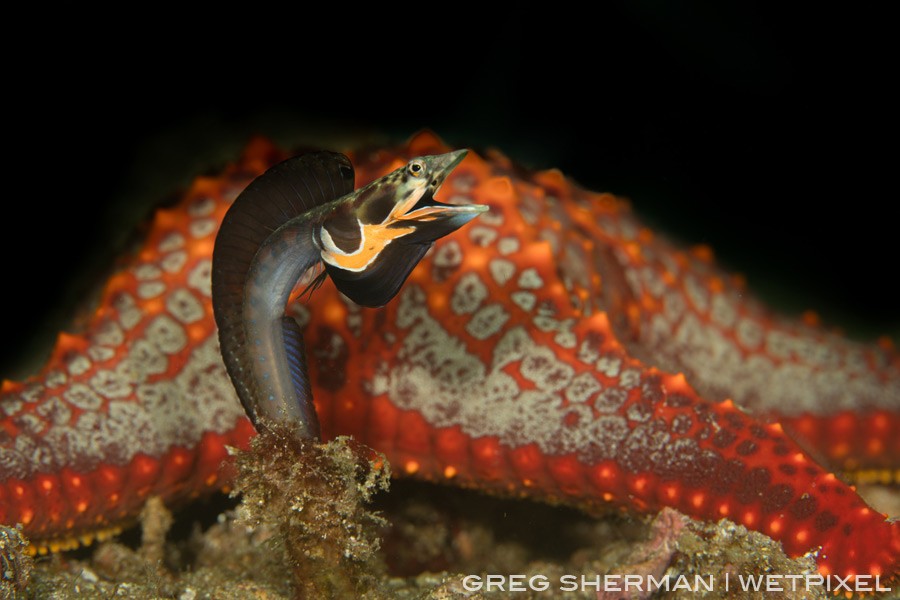
This was a very bold Orangethroat pikeblenny (Chaenopsis alepidota) to be displaying so close to another creature
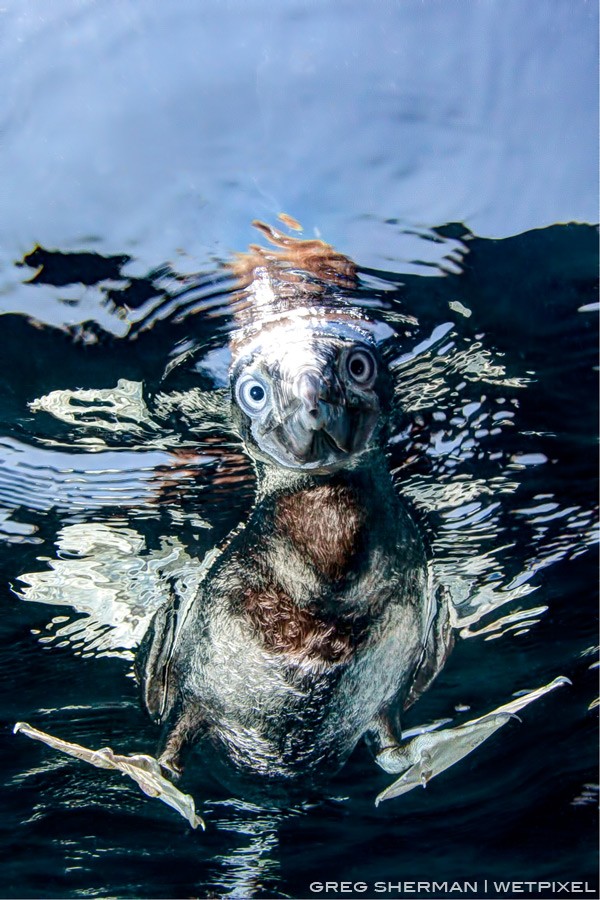
This Boobie Bird (Sula nebouxii) was very curious about my dome port
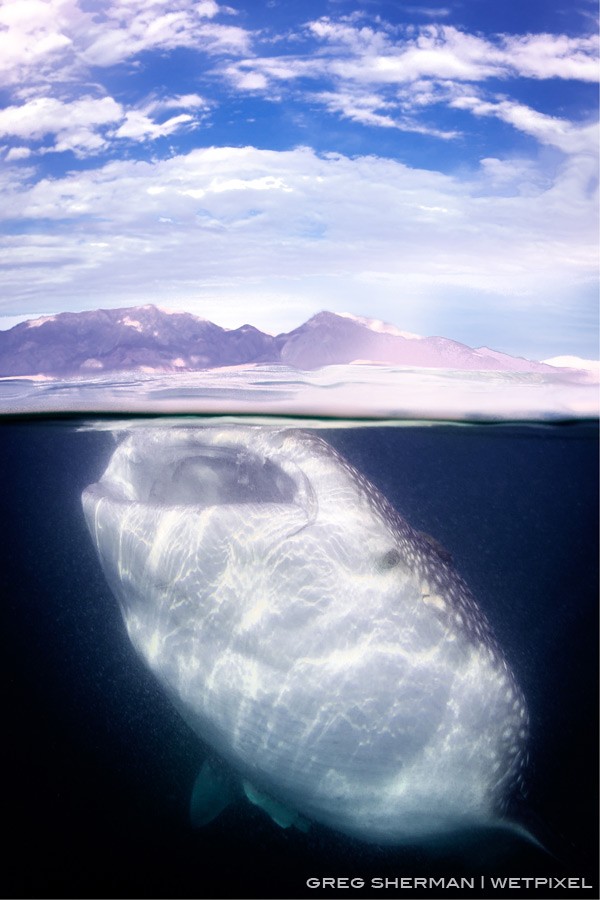
A whale shark (Rhincondon typus) with the mountains of Bahia de los Angeles in the background

Spanish Shawl (Flabellina iodinea) nudibranchs come alive with color when illuminated by a strobe
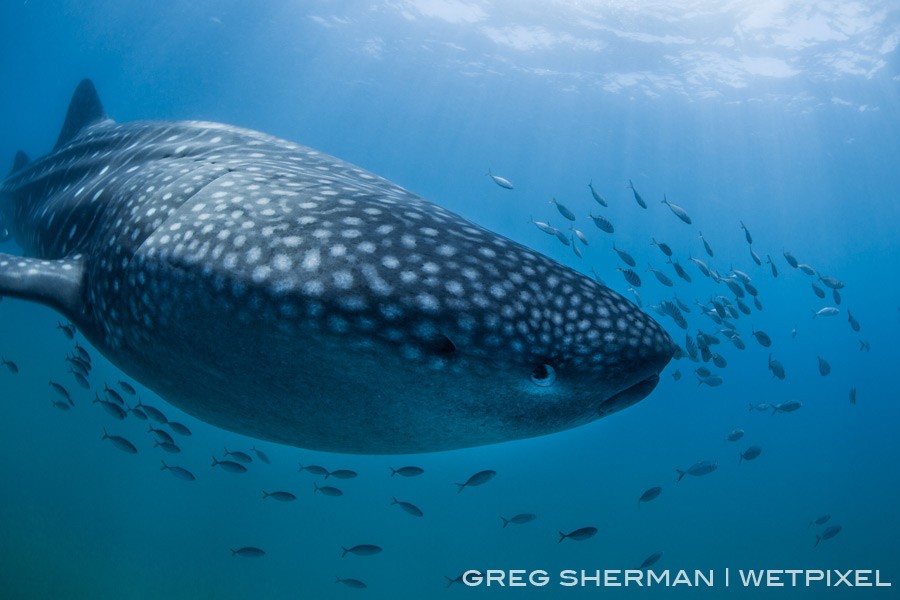
It’s not uncommon to have a whale shark (Rhincondon typus) all to yourself while snorkeling with them in the Sea of Cortez
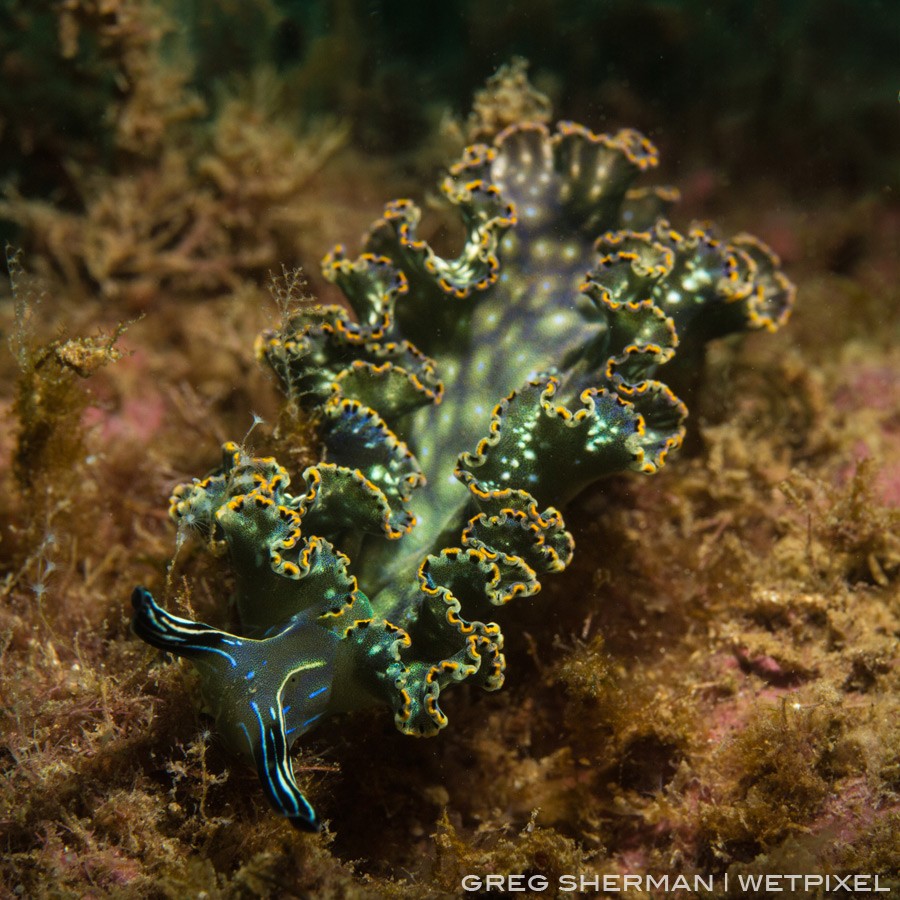
An Elysia diomedea sea slug
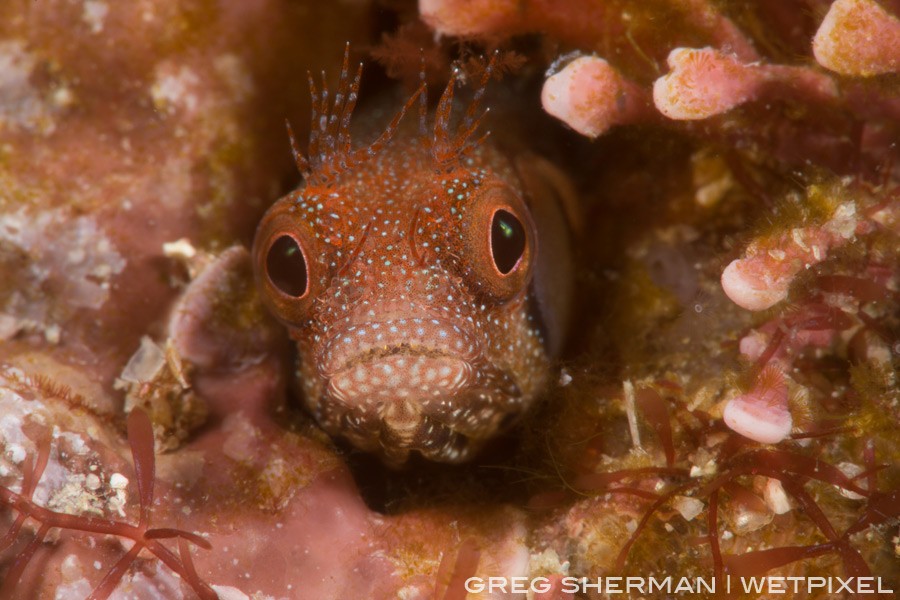
Brown Cheek blennies (Acanthemblemaria crockeri) make great macro photo subjects
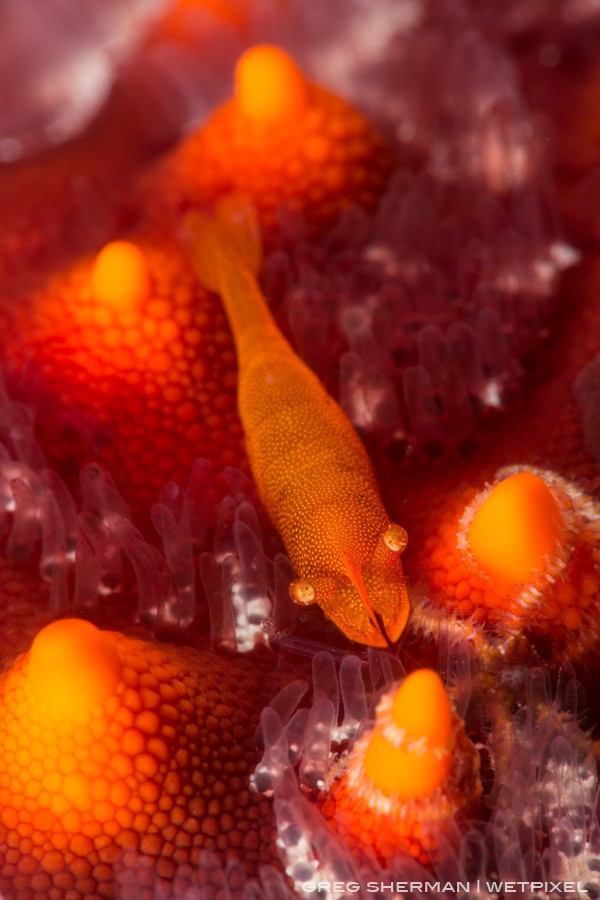
These commensal shrimp are found on the underside of sea stars

Whale sharks (Rhincondon typus) in shallow water can make for interesting composition opportunities
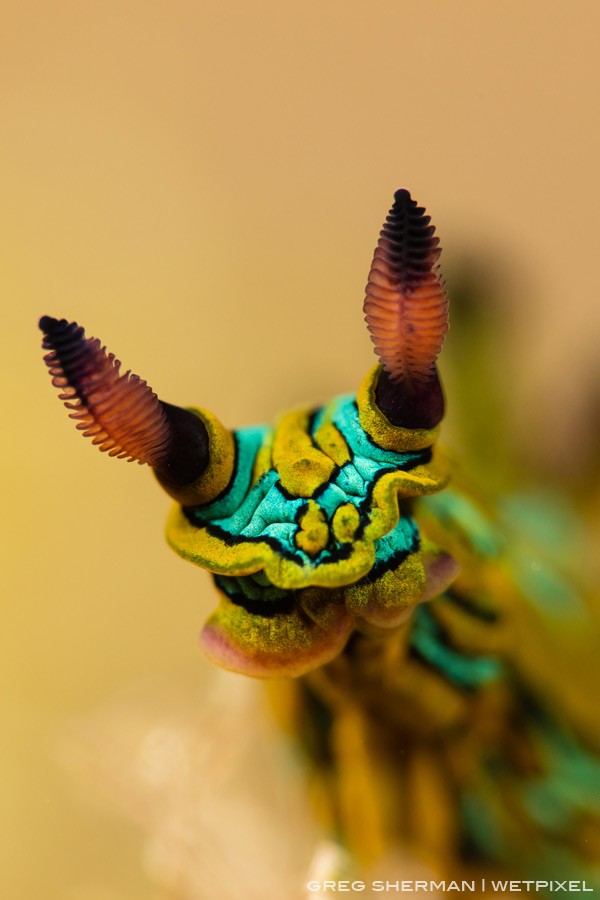
Tambja abdere with shallow depth of field
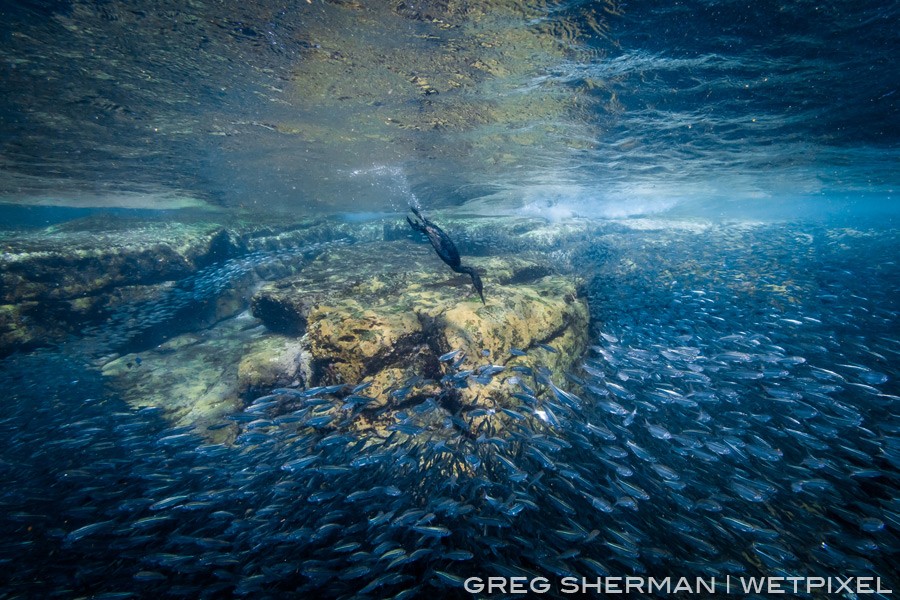
A Brandt’s cormorant (Phalacrocorax Penicillatus) diving for lunch

The clear waters of Cabo Pulmo make for iconic photo ops
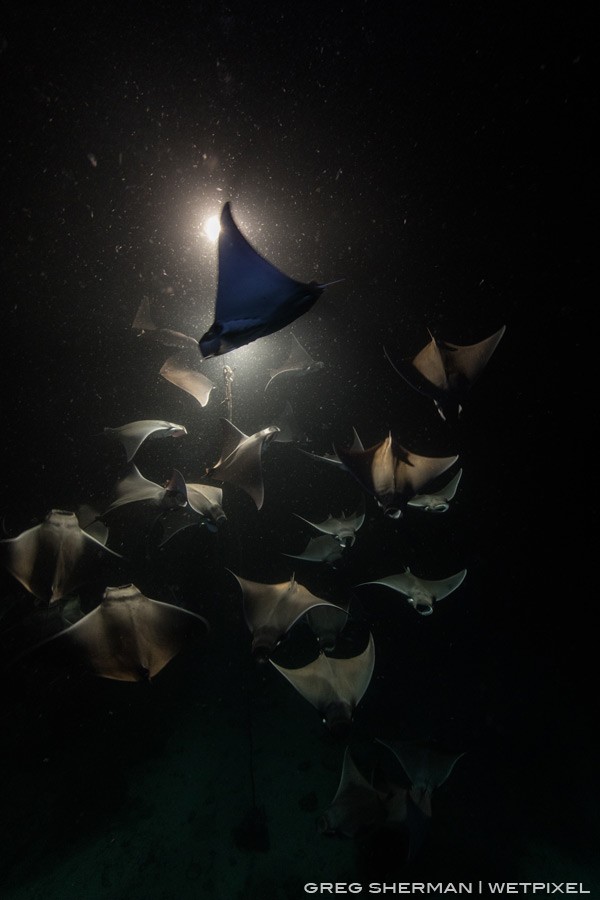
An underwater mobula (Mobula munkiana) tornado quickly follows
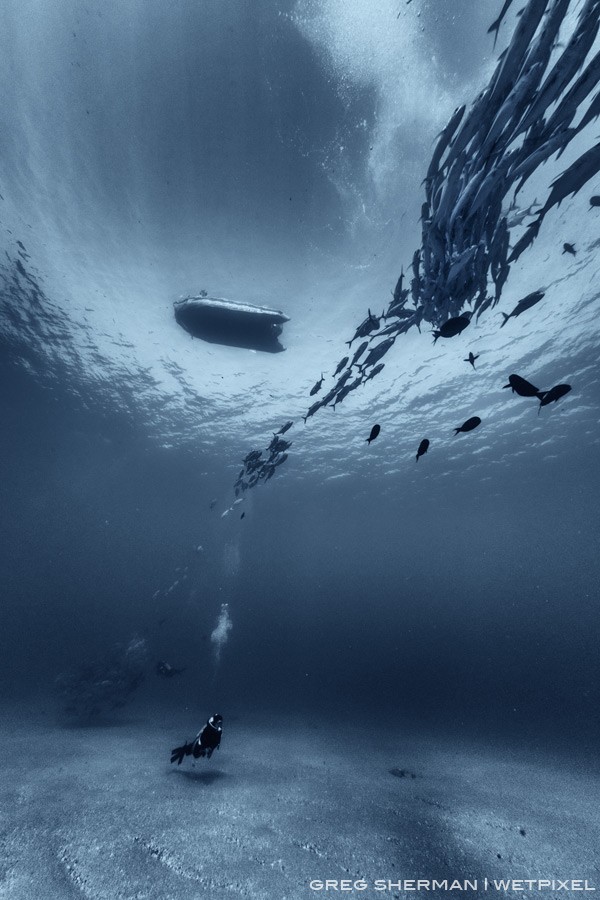
The sand flats of Cabo Pulmo offer clean lines and strong shapes